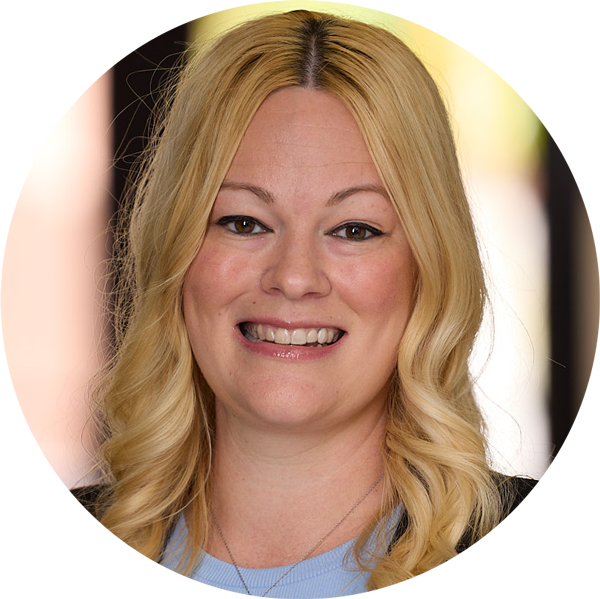



About

IN EVERY ISSUE
1.
PRESIDENT'S MESSAGE
Let’s Work Together and Make Some Magic!

2.
Publisher’s Message
Collaboration You Can Feel

3.
FROM THE EDITOR
Collaboration Opens the Door for Shared Leadership

Calendar of Events
4.

FEATURES
5.
Preparing for a Smooth Handoff: The tender, scary, and rewarding process of working towards a successful leadership transition

6.
The unexpected effect of AI on creativity: Protecting the human need to create nurtures motivation.

7.
5 Takeaways to Embrace – Collaboration as the New Currency

8.
How Collaborative Improv Comedy Techniques Can Enhance Client Engagement and Business Development

COLUMN
12.
2025 MCA AWARDS
The 2025 MCA Judges

13.
2025 MCA AWARDS
The 2025 SMPS Marketing Communication Awards Winners

14.
2025 MCA AWARDS
HITT Contracting Wins MCA Best of Show for High-Voltage Year-End Meeting

15.
2025 MCA AWARDS
Carollo’s I-FLOAT Campaign Wins MCA People’s Choice at Amplify A|E|C

16.
2025 MCA AWARDS
Interview with Brad Thurman: 2025 Weld Coxe Marketing Achievement Award Recipient

17.
2025 MCA AWARDS
SMPS Names 2025 Chapter President of the Year: Olivia Farquharson, CDMP, PCM

18.
2025 MCA AWARDS
SMPS Recognizes Of the Year Awards at Amplify A|E|C

19.
2025 MCA AWARDS
Congratulations to the 2025 Class of Fellows

20.
2025 MCA AWARDS
Congratulations to the New CPSMs


How Well-Crafted Communication Leads to Winning Outcomes
In the built environment, collaboration is foundational. From investors and architects to engineers, contractors, and end-users, buildings are realized through multidisciplinary teamwork. Collaboration among a diverse team, with unique roles and locations, cannot exist without one critical element: effective communication. Within individual firms and across project teams, communication is the thread that ties strategy to execution, ensuring alignment toward shared goals. Many of us are familiar with the book The Marketing Handbook for the Design and Construction Professional, which states, "A lack of clarity about roles, deadlines, and expectations can result in misaligned messaging, redundant work, and ultimately, lost opportunities."
Nowhere is this more important than in the fast-paced, high-stakes world of proposals and pursuit teams. While tight deadlines, complex deliverables, and diverse stakeholders are a given, success hinges on a team's ability to communicate clearly and consistently. Communication in this context goes far beyond sharing information—it means creating an environment where ideas flow freely, accountability is paramount, and every team member understands both the goal and their role in achieving it.
Miscommunication Derails Progress
Even the most carefully crafted proposal plan can falter without effective communication. Consider a common scenario: A kick-off meeting sets expectations, deadlines are mapped out in a production calendar, and assignments are made. Yet when the internal deadline arrives, a crucial section is missing. What happened?
Despite the structured planning, the absence of ongoing, clear communication can quickly lead to misunderstandings, missed tasks, and diminished accountability. Without regular check-ins and progress updates, assumptions go unchallenged and critical details slip through the cracks. A Harvard Business Review article highlights that miscommunication and communication barriers contribute to delays or failures in project completion (44%), missed goals (31%), and lost sales (25%). This underscores the tangible risks associated with inadequate communication in project pursuits.
Communication as a Strategic Imperative
In proposal development, communication acts as both a safeguard and a strategic driver. It’s the mechanism by which architects, engineers, marketers, and technical staff align their expertise toward a unified message. However, a strong “business acquisition process” should be developed, with associated training for anyone in the company who may contribute to a proposal throughout its lifecycle.
There are many external resources to support this effort, including certifications from the Association of Proposal Management Professionals (considered the gold standard) or the National Contract Management Association. Firms should foster intentional collaboration across disciplines from the start (Proposal Sponsor, Capture Manager, and Proposal Managers are key roles) and use kick-off meetings to align architects, engineers, marketers, and technical staff on goals, messaging, and roles/responsibilities.
Clear internal communication can:
- Build Awareness: Keeping team members informed about changes, updates, or issues allows for timely adjustments and reduces rework.
- Ensure Alignment: Clear communication connects individual efforts to broader goals, ensuring consistency in message, tone, and content.
- Foster Trust: When team members feel heard and respected, they are more likely to engage fully, offer creative input, and collaborate openly.
- Reduce Risk: Frequent updates help identify roadblocks early, maintain accountability, and prevent costly delays or errors.
Six Strategies to Elevate Team Communication
Improving team communication requires intentionality. Here are six actionable strategies to foster a collaborative culture and drive better proposal outcomes:
1. Clarify Roles and Responsibilities
Use a visual production timeline to outline key milestones and assign clear ownership of tasks. Confirm each team member’s role to eliminate ambiguity and ensure the timeline is distributed to all stakeholders at the kick-off meeting.
2. Tailor Your Communication Style
Adapt your message based on your audience. Use two-way communication when alignment is critical. Some scheduling platforms are free or at a minimal charge and can allow for real-time updates (e.g., Asana, Trello, ClickUp, and Monday.com).
3. Use Technology to Your Advantage
A/E/C firms can streamline proposal development by facilitating collaboration among teams and maintaining organization. According to Deltek’s A&E Industry Study 2025, 53% of firms are using AI tools (up from 38% previous year). Use cases include proposal development and research (like Loopio, Responsive, or Upland). Firms are also using visualization tools like augmented and virtual reality to showcase proposed solutions, reducing ambiguity with clients and making a big difference during the selection phase.
4. Follow Up and Reinforce Action Items
Don’t assume silence equals agreement. After meetings, reiterate next steps and deadlines, which are even easier now with Microsoft’s Copilot and auto-generated taskings and meeting notes. Also, ask technical contributors to review their commitments and timelines.
5. Implement Regular Check-ins
Consider using color team reviews as your major milestone check-in points to structure full timelines. Setting up a dedicated Teams Channel or folder can help organize data and allow for easier communication in real-time via Chat.
6. Conduct Post-Project Debriefs
After submission, hold a 30-minute internal debrief to reflect on what worked and what didn’t. The insights gained will help build institutional knowledge and improve future pursuits. For strategic proposals, institute a formal debrief process with the client’s and/or selection committee’s representatives.
Conclusion: Communication Drives Collaboration and Results
The most successful proposal teams are not just technically proficient—they are highly communicative. By cultivating a culture of transparency, accountability, and active listening, firms can unlock higher levels of performance and position themselves for more wins. In the pursuit process, communication is not just a tool—it’s a catalyst for success.
CHRISTINA M. BARRIOS is a marketing manager at SCS Engineers in Tampa, FL. She’s a committee member of SMPS Tampa Bay and a member of the board of advisors for the University of South Florida Muma College of Business Digital Marketing Program. She supports client strategy, business development, and marketing for offices in Florida, Georgia, and Alabama.

Connect on Linkedin
JORDYN SHOWERS is a Marketing Assistant at SCS Engineers in Tampa, Florida. She supports business development and marketing initiatives across the firm's offices in Florida, Georgia, and Alabama.

Connect on Linkedin









